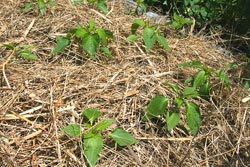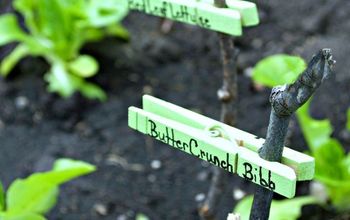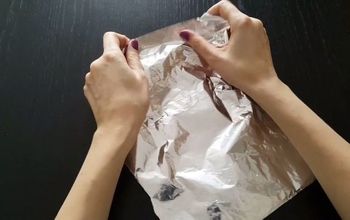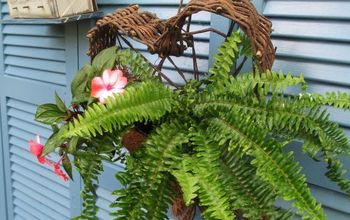152 Views
5 Secrets to a ‘No-work’ Garden

by
Matthew Strutt
(IC: )
It took control of 20 years of horticulture to understand that I really did not have to work so tough to achieve a rewarding harvest. As the unlimited power of my youth slowly yielded to the physical realities of mid-life, the sluggish rise of encounter at some point led to an understanding that less work could result in greater plant yields.
Inspired in part by Masanobu Fukuoka's book, One Straw Revolution, my household experimented with horticulture techniques which could raise returns with less effort. Fukuoka spent over 3 years refining his supposed "do-nothing" method: commonsense, lasting methods that all however remove making use of pesticides, plant food, husbandry, and perhaps most considerably, wasteful effort.
Right here are the methods we made use of which enabled us to considerably enhance our yard yield, while requiring much less time as well as less work.
Inspired in part by Masanobu Fukuoka's book, One Straw Revolution, my household experimented with horticulture techniques which could raise returns with less effort. Fukuoka spent over 3 years refining his supposed "do-nothing" method: commonsense, lasting methods that all however remove making use of pesticides, plant food, husbandry, and perhaps most considerably, wasteful effort.
Right here are the methods we made use of which enabled us to considerably enhance our yard yield, while requiring much less time as well as less work.
1. Use the 'no-till' technique of horticulture
2. Compost, and mulch once again
3. Plant 'environment-friendly manure' cover plants in between rotations
4. Expand in Raised Beds
5. Usage soaker hose pipes for watering
Enjoyed the project?
Published May 5th, 2024 4:47 AM































Frequently asked questions
Have a question about this project?